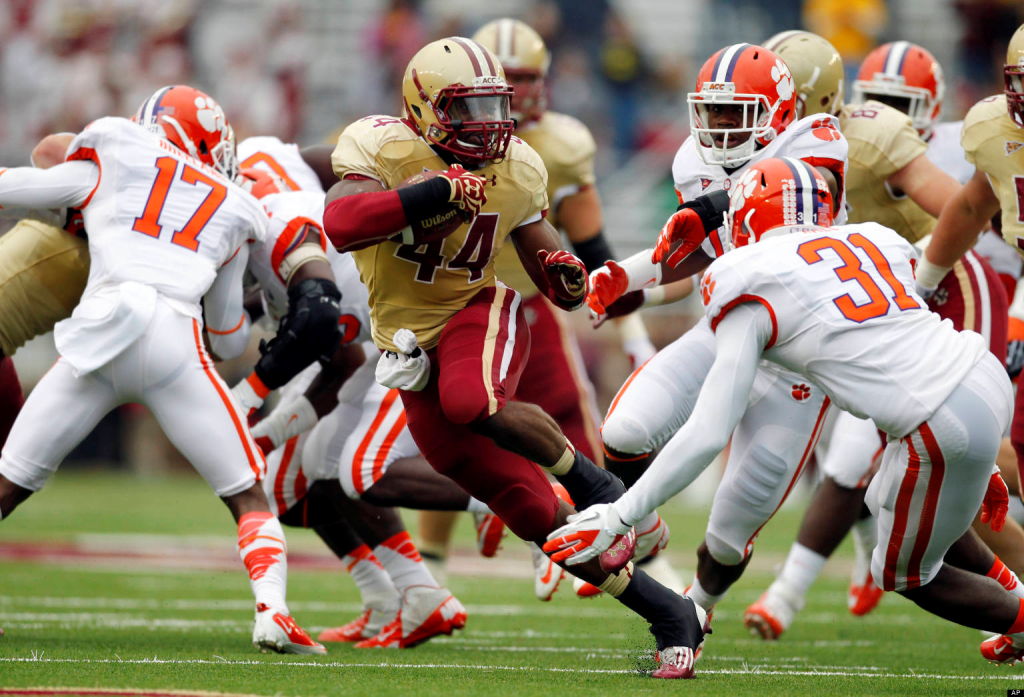Written by Brett McMurphy at ESPN.com
The NCAA has approved a three-year moratorium on new bowl games.
The NCAA Division I Council’s decision comes a year after there were not enough bowl-eligible teams to fill the record 41 postseason games, resulting in a record three teams with losing records earning bowl berths.
The moratorium will not allow any new bowl games until after the 2019 regular season.
“Historical data of ‘deserving teams’ criteria showed that adding more bowls would cause the NCAA to have to dip into the alternate 5-7 teams, as it did last season,” Division I Council chairman and Northwestern athletic director Jim Phillips told The Associated Press in a text message on Monday. “The new postseason structure, when it is complete, will allow for existing and new bowls to compete for `deserving teams’ as that criteria is developed.”
The NCAA ruling affects three cities — Austin, Texas; Myrtle Beach, South Carolina; and Charleston, South Carolina — that were in the process of seeking NCAA certification to add bowls in 2016.
Sources said the council will continue to “study the postseason issue” and evaluate bowl-eligibility criteria. The council also plans to determine whether the minimum requirement of a “deserving” bowl team is a winning record or finishing .500.
This is the second time in the past five years that the NCAA has issued a hold on new bowls. In 2011, a three-year moratorium was established. When that ban was lifted, six new bowls, not including the College Football Playoff, were added: the Bahamas, Boca Raton, Camellia and Miami Beach bowls in 2014 and the Arizona and Cure bowls in 2015.
Last year, a record 63 percent of the 128 FBS teams earned bowl berths, including three 5-7 teams (Minnesota, Nebraska and San Jose State). In the previous 45 years, a total of four teams with losing records had played in bowls.
To continue reading this article, click here.




